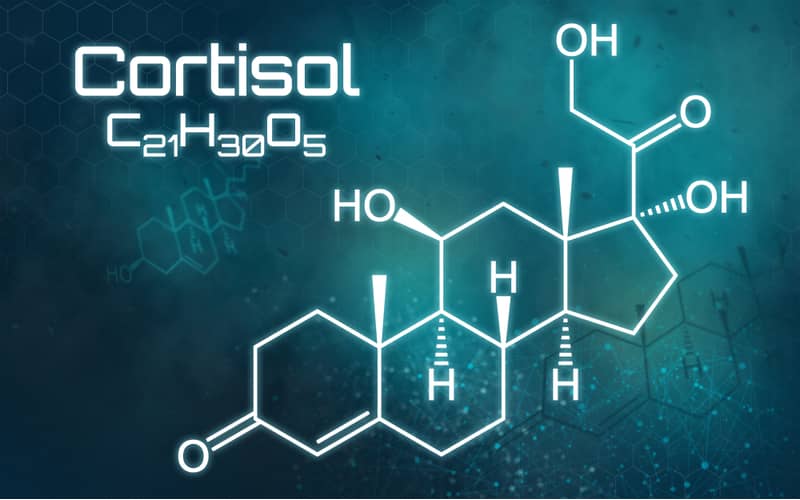How to Prevent Muscle Atrophy
Loss of muscle mass occurs slowly with aging and rapidly after surgery. Can it be prevented? Here is a peek at current efforts to do so.

In general, men lose about 30% of their lean muscle mass during their lifetimes or 3-5% per decade after age 30. Muscle loss due to aging is caused by a combination of disuse, genetics, biochemistry, and protein degradation.
The disuse part can be combated by fitness programs—resistance exercise, weightlifting, and stairclimbing. To be effective, exercises should be done seven days a week, not sporadically.
So far, genetics can only be changed by picking your parents more carefully—although there are research programs focusing on gene modification of protein synthesis and protein degradation. These efforts aim to treat genetic disorders of premature muscle wasting.
The contribution of biochemistry is often addressed by optimizing one’s dietary intake of lean protein sources. Too often, the aging and elderly do not have optimal protein-loaded diets, which must in turn be balanced by exercise programs to put the protein to work.
Protein degradation, or muscle wasting, has been treated for years using human growth hormones, testosterone replacements, and other stimulants to muscle health. While these fountains of youth in a pill or a patch make for glossy magazine ads, hormonal replacement for combating the muscle loss of aging has not been as successful as one would hope. This is primarily because the problem is multifactorial—a combination of all the causes noted above, and more.
That said, it does make sense to optimize one’s diet, exercise with resistance daily, adjust unhealthy metabolic and hormonal imbalances when they exist, and live as active a life as possible.
Another type of muscle loss occurs following surgery. Surgical interventions, especially for shoulder and knee problems, lead to considerable muscle atrophy. This can begin as soon as eight hours after surgery. This atrophy is often the most difficult part of these surgical experiences, leading to months of physical therapy in order to regain the form and function that existed pre-op. Ask any pro athlete which was worse: the pain of their surgery or the muscle loss after. The answer will always be muscle loss.
One reason this occurs is because surgery induces the release of cortisol, a major stress hormone. Cortisol is believed to bind to muscle receptors, inducing the rapid onset of muscle loss. Earlier studies have used testosterone to augment the rehabilitation of post-surgical patients with definite benefits. A clinical trial is now underway at our clinic to determine whether binding the muscle receptors with a preoperative injection of a specific type of testosterone can prevent the cortisol-induced muscle atrophy. Since the duration of therapy would be brief, the detrimental effects of chronic testosterone use should be avoided.
If this therapy works, athletes will be able to return to sports, military personnel to service, and workers to their jobs earlier and with less expense. Since our goal is to return our patients “fitter, faster, and stronger” than they were before they were hurt, not starting from behind the eight ball—with skinny legs and arms—will be a big help.
